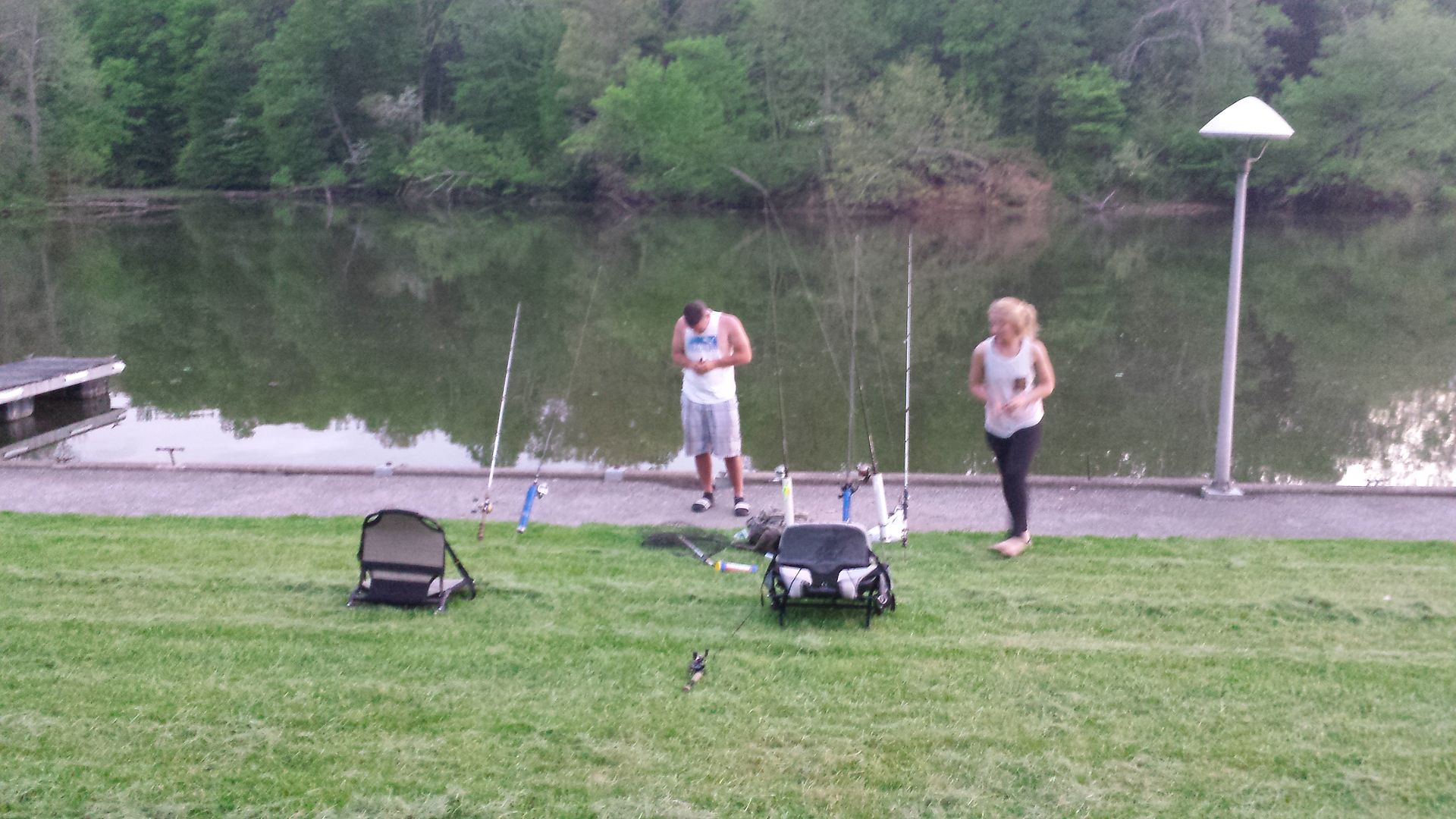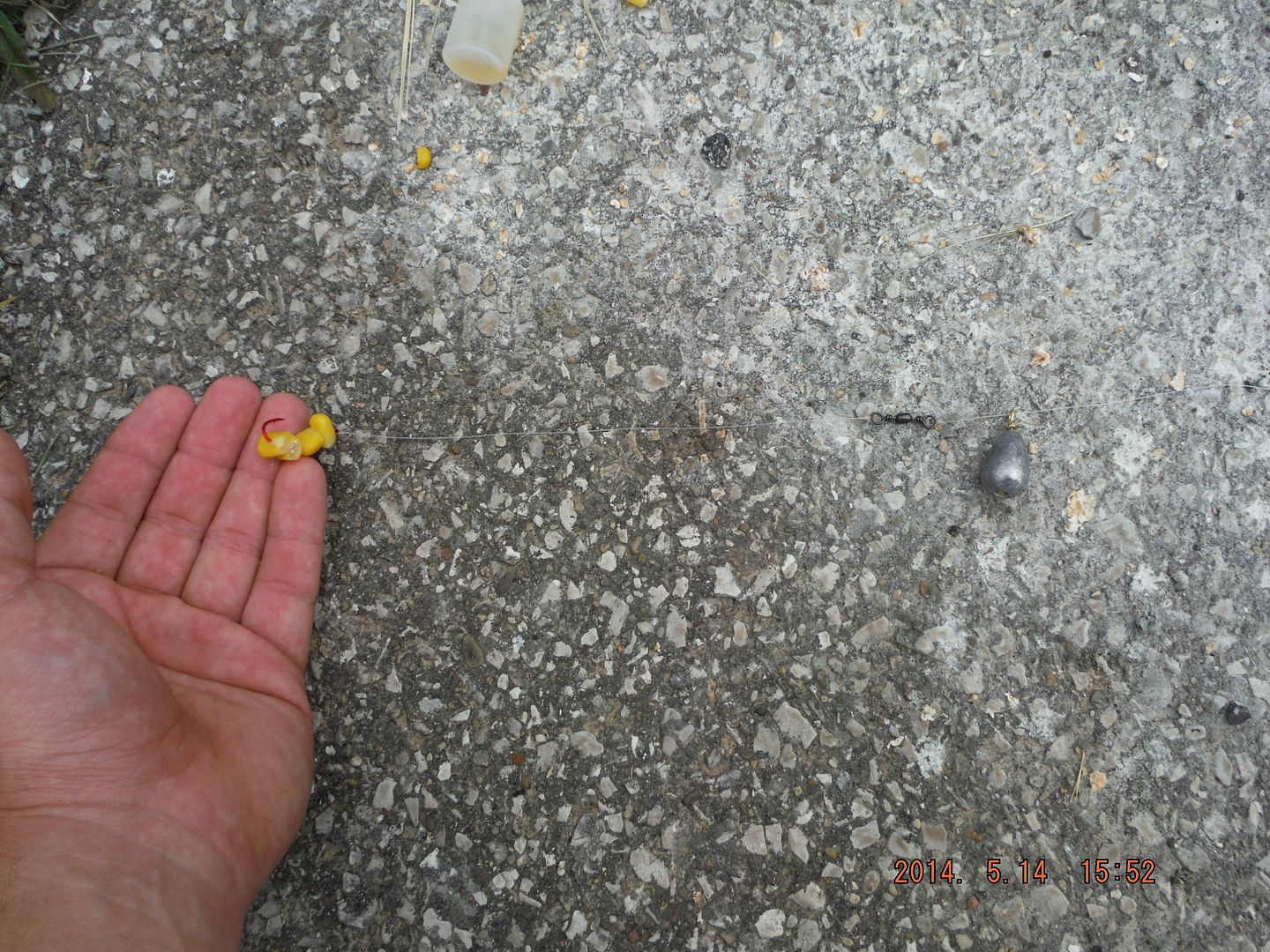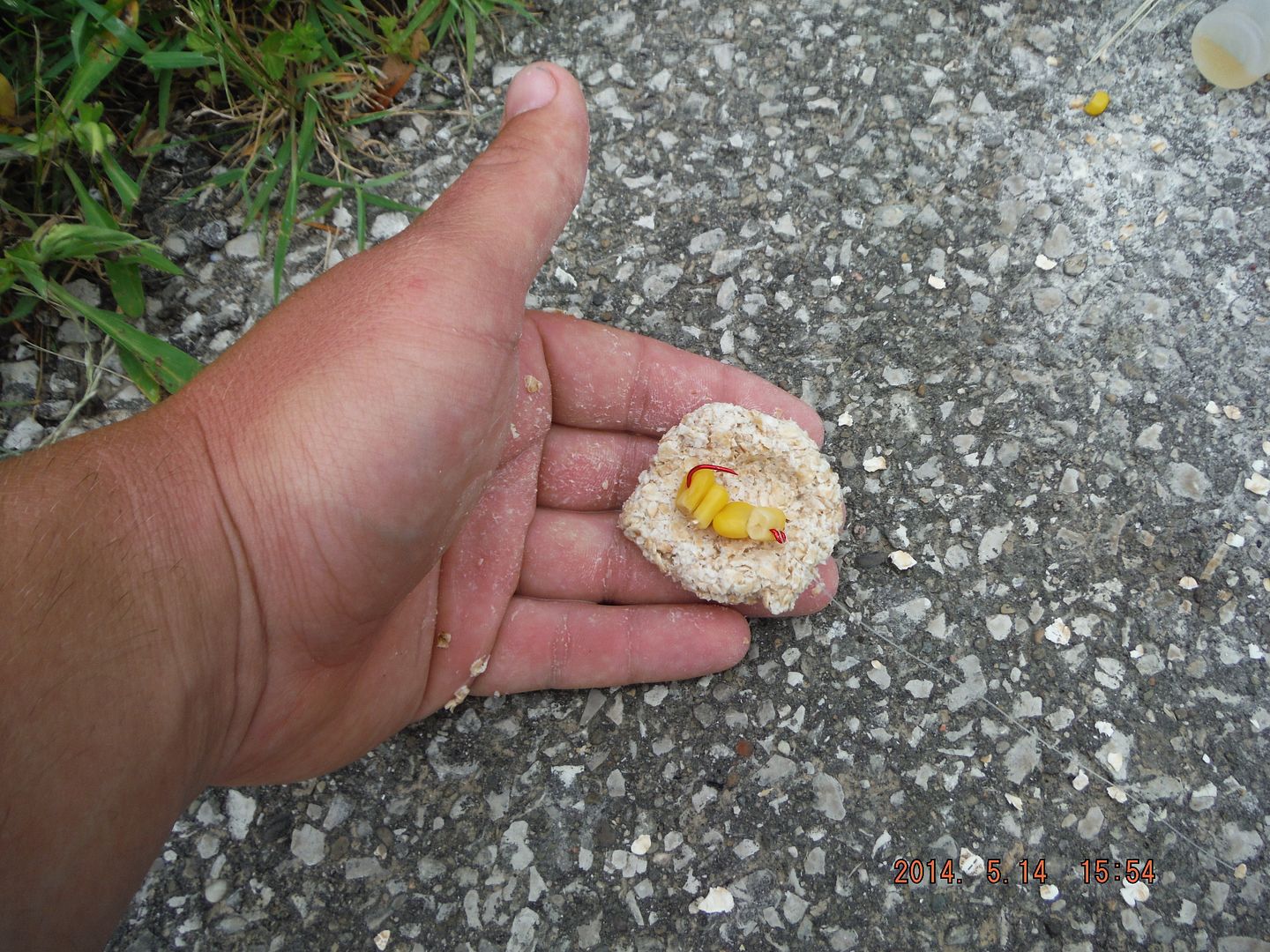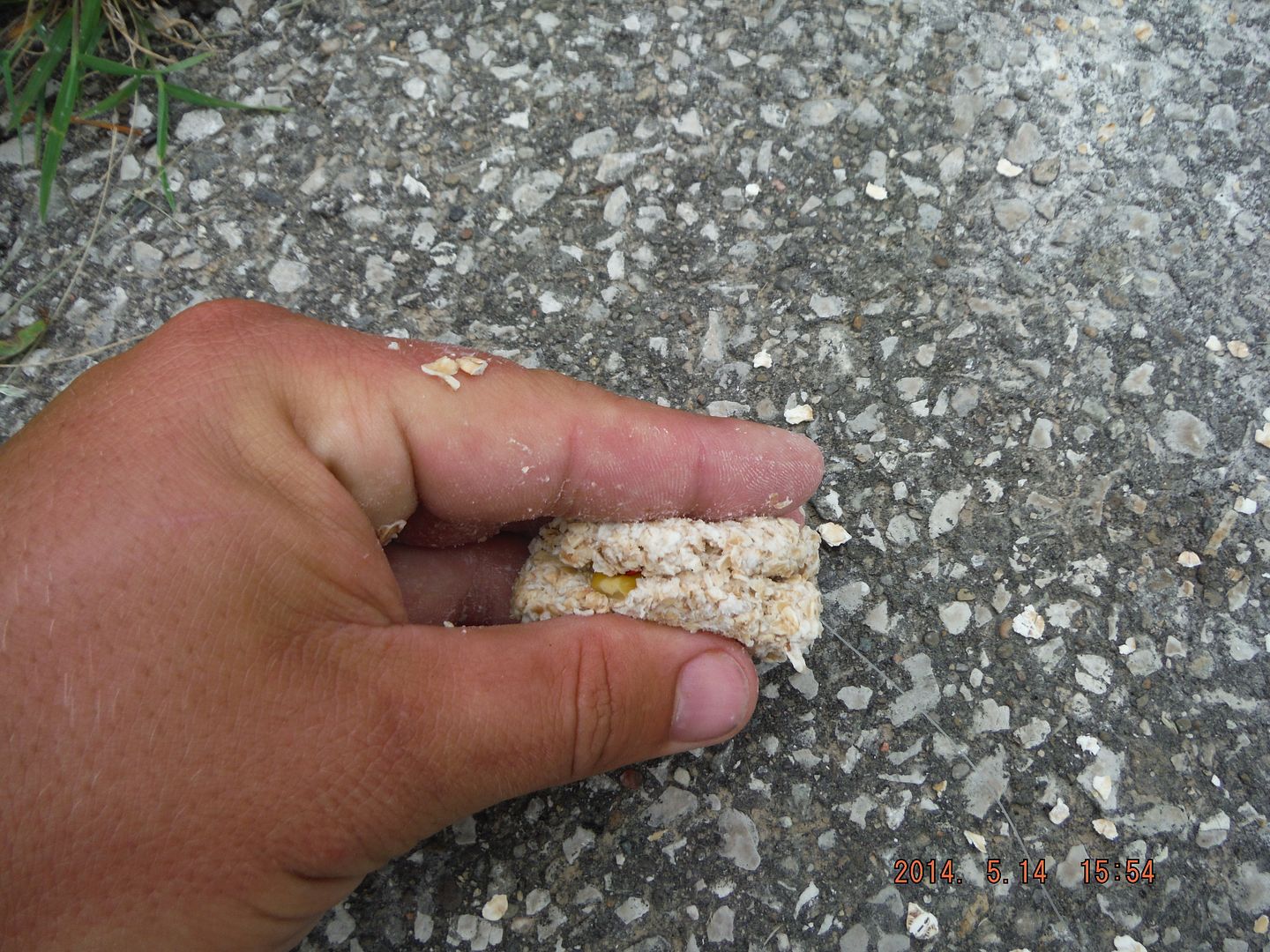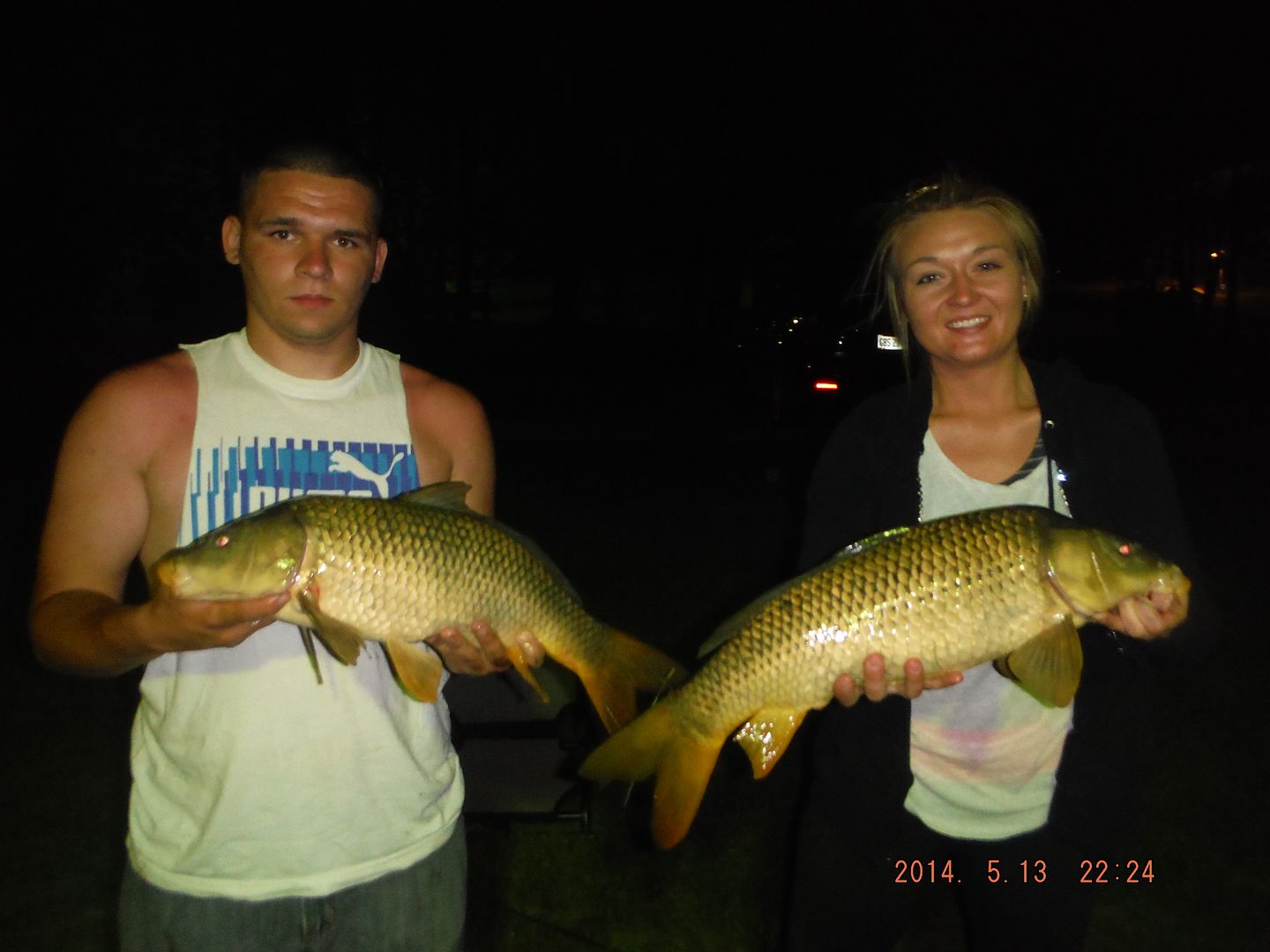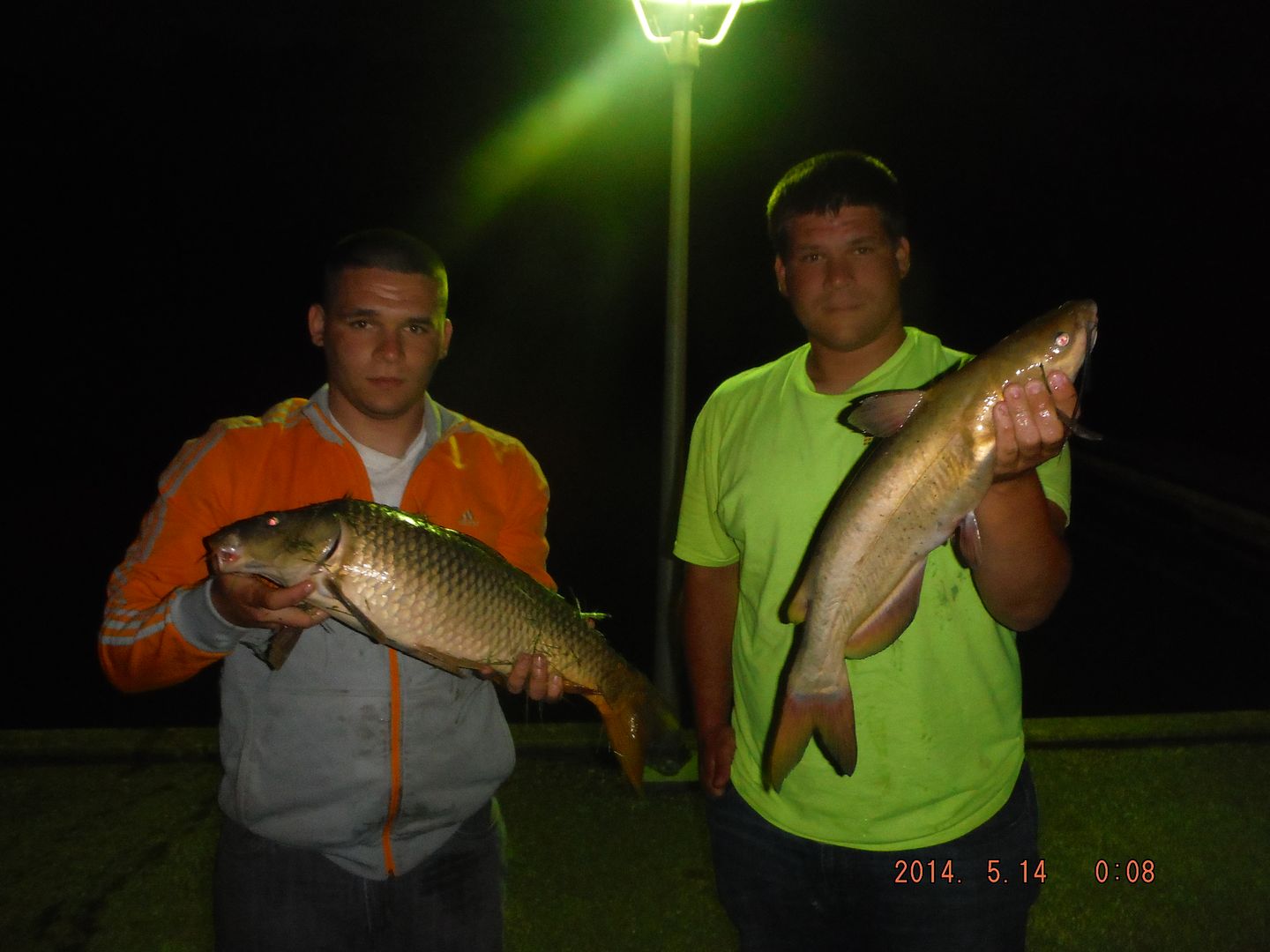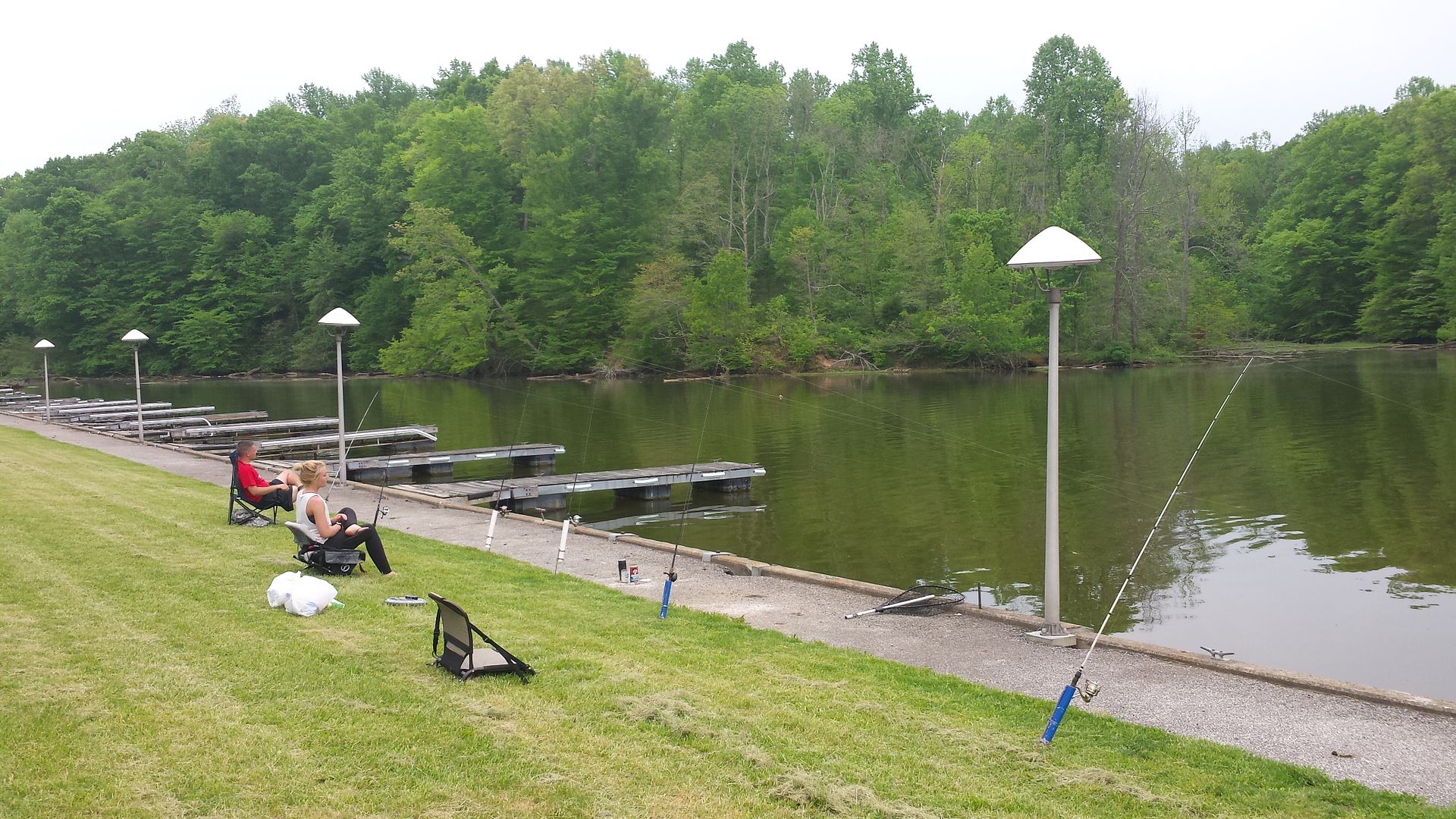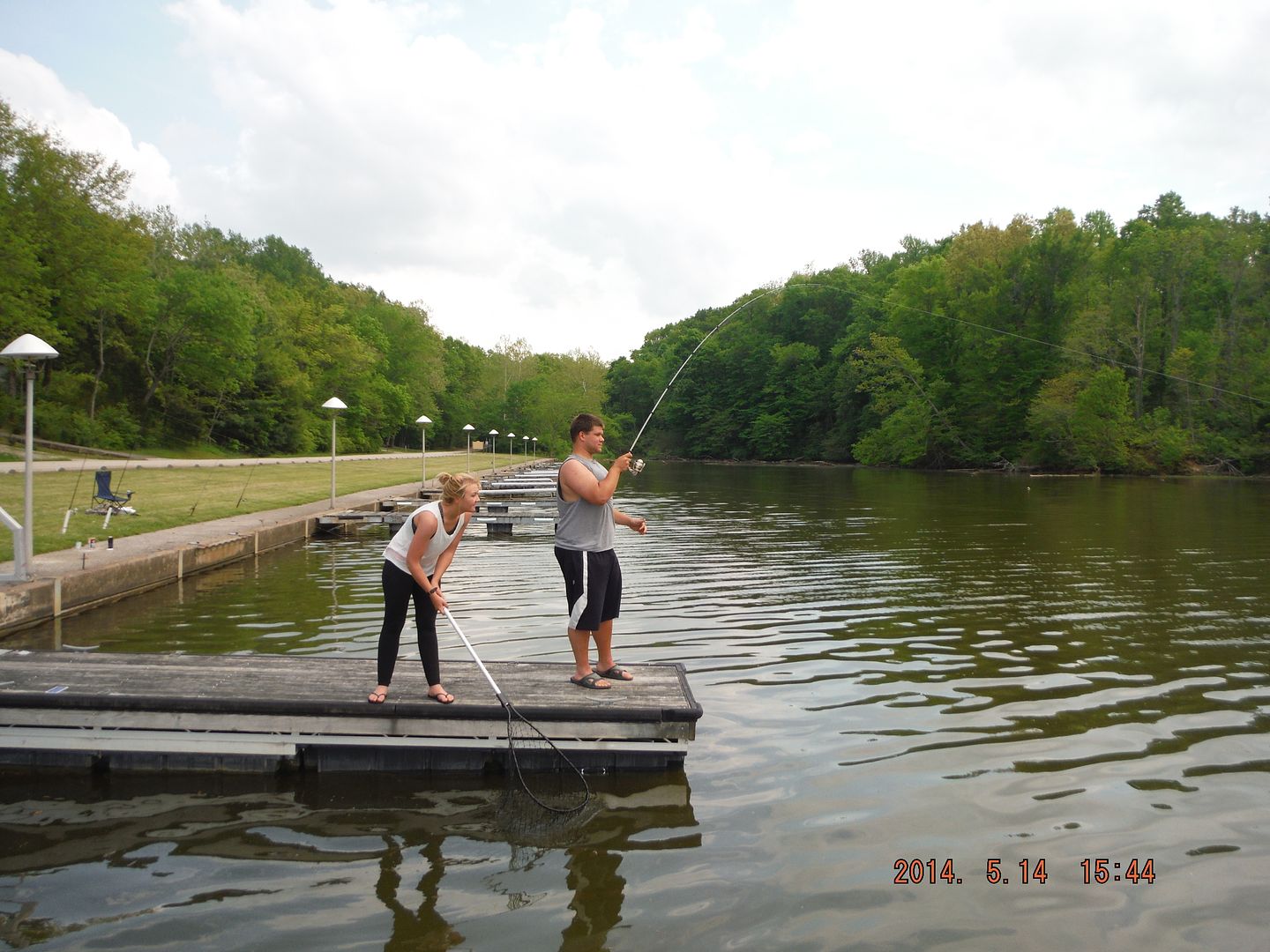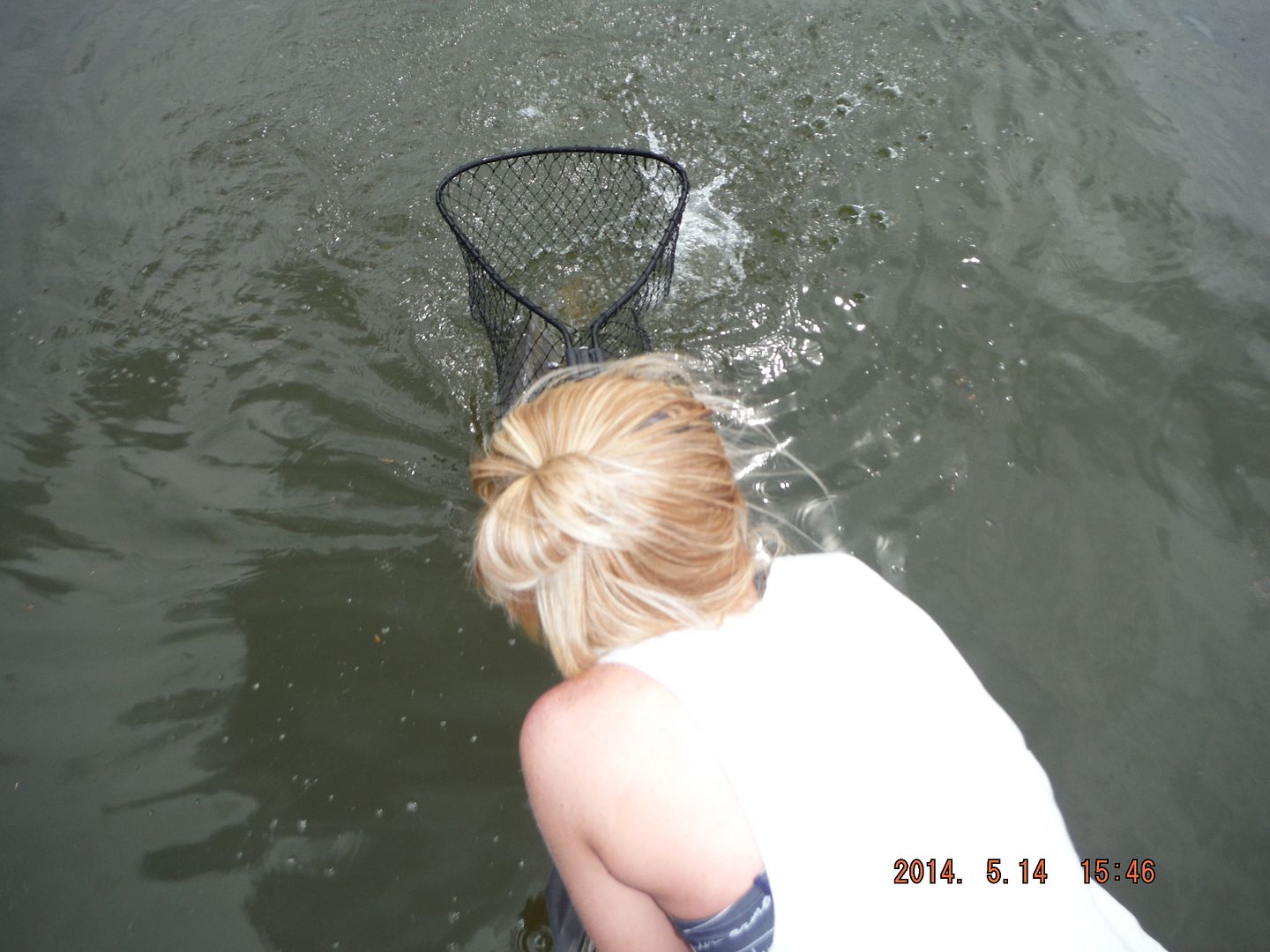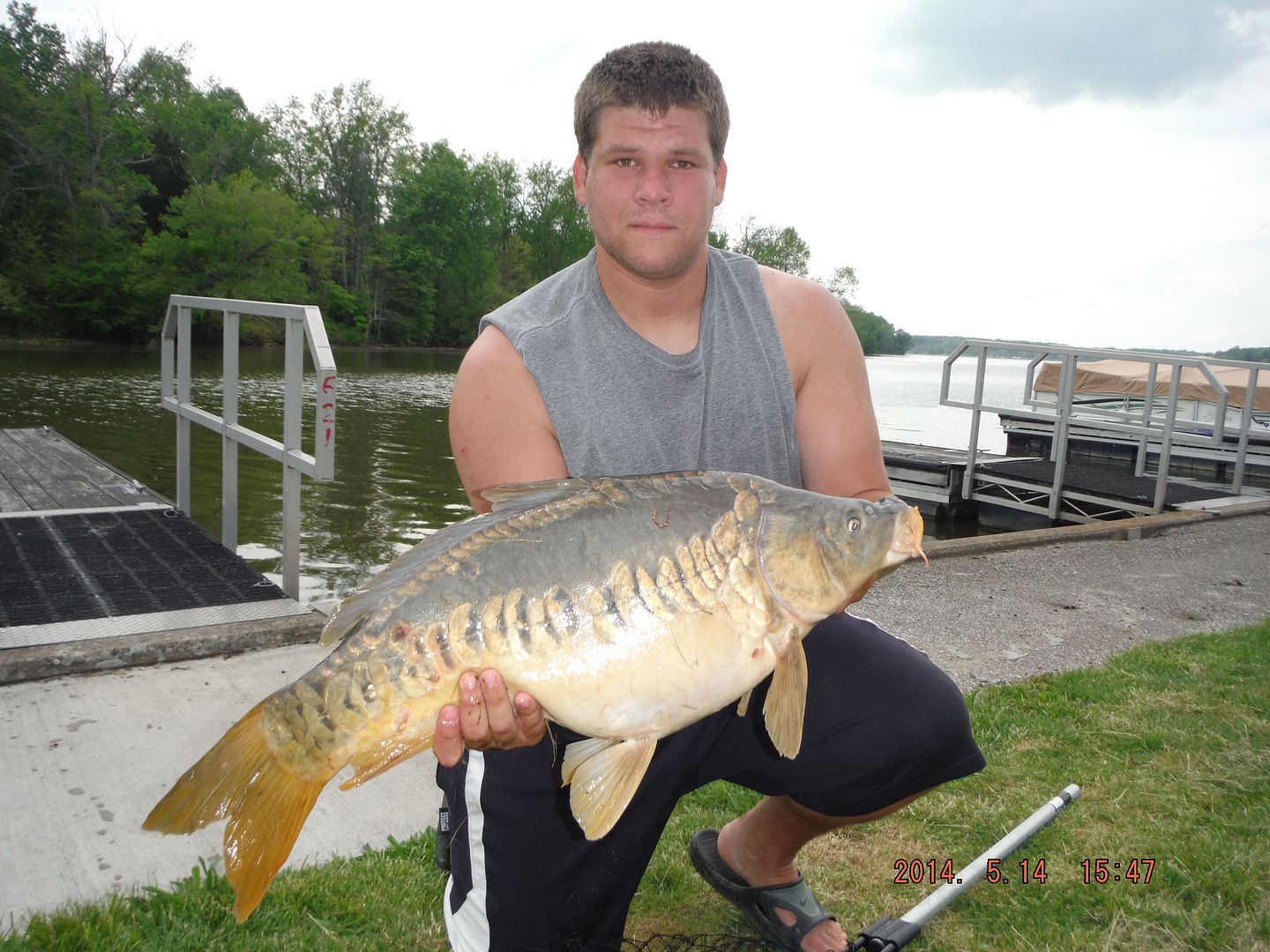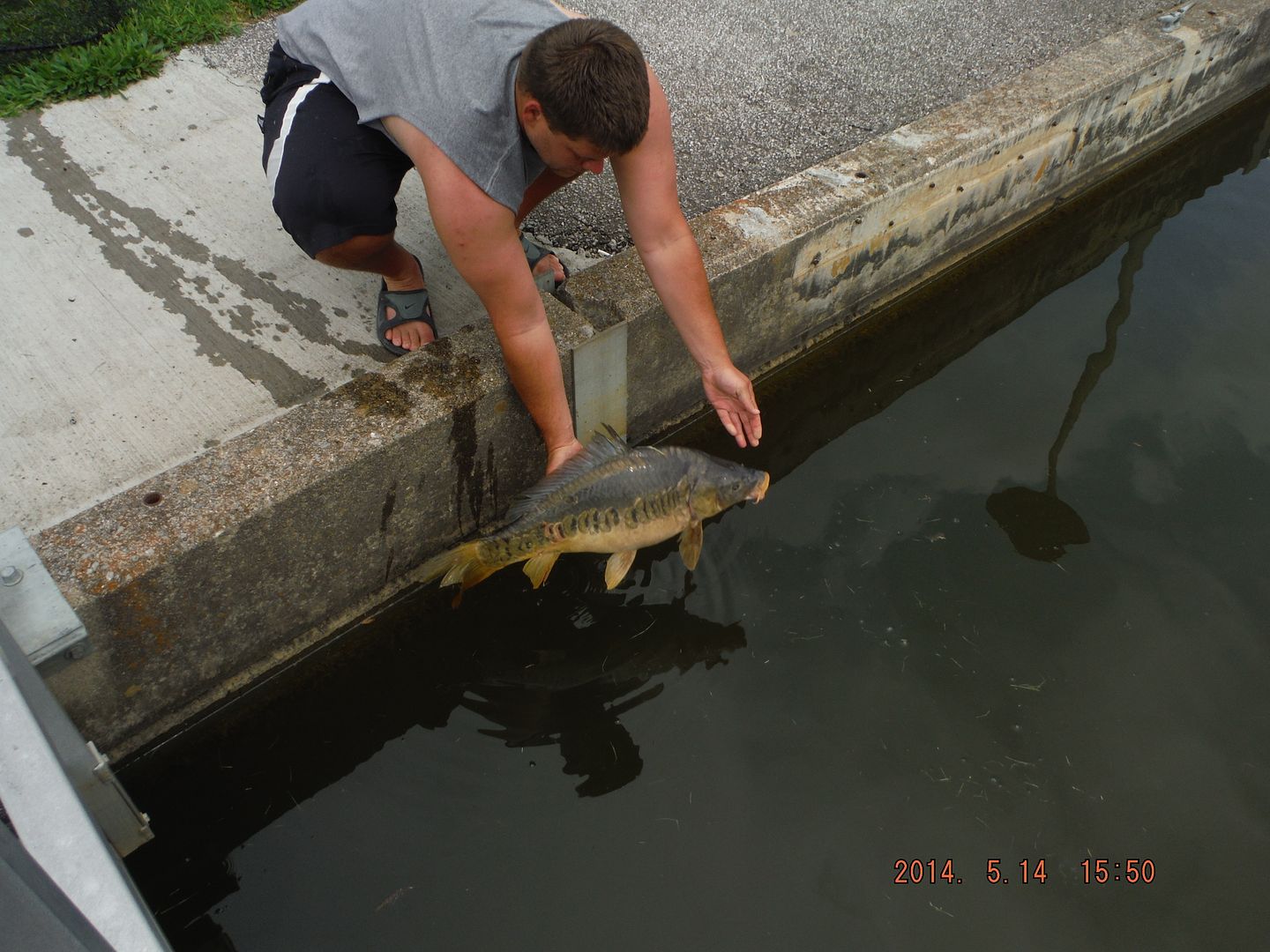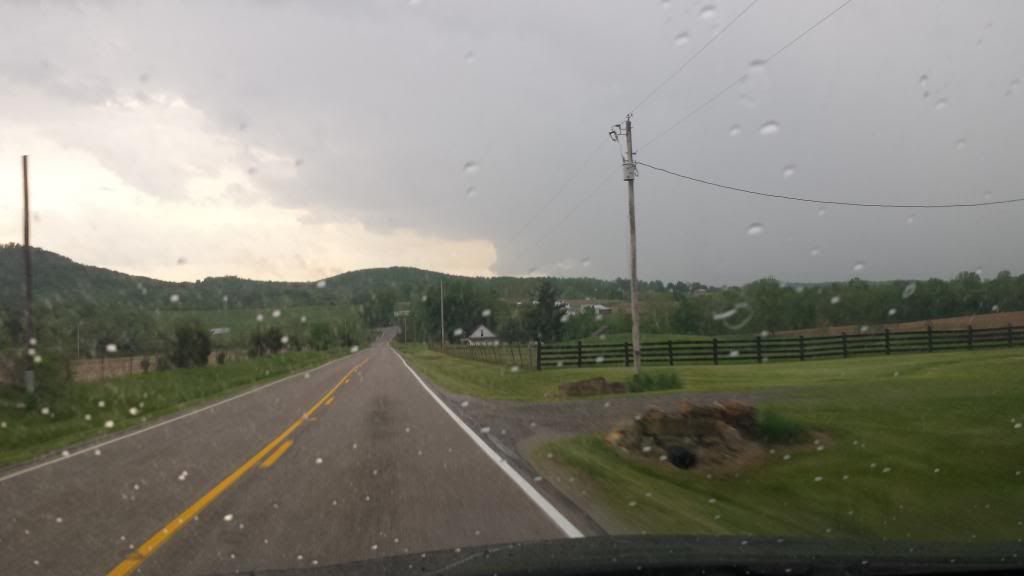Why do you
fish? It’s something that every angler
has pondered from one time. Some anglers
may find they fish for the meat. Others
may fish for the thrill of the chase.
Many fishermen fish to relax. A
few fishermen may fish for bragging rights amongst their buddies. Serious
fishermen may fish for tournament prizes and accolades. I will admit, I’ve fished for all of the
reasons just listed. However, over a
span of two weeks in May each year, I fish solely for fun. This happens normally around the beginning to
middle of May, and the fun manifests itself in the white bass run.
The white
bass run happens all over the state as leaves are on the trees, flowers are in
full bloom, geese are escorting their goslings around, and most of the
traditional game-fish have either finished or are in the process of
spawning. In some places it starts
earlier, and in some places it starts later.
From the Maumee down to the Ohio River watershed, you can apply similar
techniques I will discuss in this write-up and you will surely find success and
a great time on the water.
The first
thing you will need to successfully fish the white bass run is the knowledge of
when and where these fish will be located.
White bass will typically begin spawning right as the crappie are
finishing up their spawning rituals. So,
if you know the water temperature, focus in on the water being 60-65 degrees
and you will have the first ingredient to a successful trip completed.
The next
variable you will need to figure out is where these fish will tend to
spawn. What I have found is that the
white bass will “run”. So, when you pick
a spot to fish, look for areas that have some sort of flow to them. Maybe it is a channel on the lake. Other areas could be inlets that run into a
lake. Sometimes, just a river like the
Maumee will have an annual white bass run of epic proportions. Regardless, the common factor is the white
bass like a bit of current to begin the spawn.
 |
| Notice the water is very stained. This was taken after a small storm and the flow would not be good to fish for white bass at this point. See below for ideal conditions for white bass. |
Now that
you know when and where to fish, you also have to consider the conditions under
which white bass will actually be willing to bite. There is nothing more frustrating than going
to a spot that you know should produce, during the time it should produce, and
getting shut out. Carefully watch the
forecast, especially the precipitation the week preceding a trip to target
white bass. In large rivers like the
Maumee or Ohio Rivers, the white bass will not be as affected by mild
precipitation. However, in their
tributaries slight stain to the water will often shut the fish off
completely. A rule of thumb I follow for
the smaller tributaries is the four-day rule.
It has to be precipitation-free for four days in order for me to even
attempt fishing for white bass. The flow
I fish is gin-clear when there has not been precipitation, and this is a
prerequisite for success during the run.
The next
factor to consider when fishing for white bass is the tackle and gear you will be using. What is the correct pound
test? What length, weight, and action of
rod? Do I use live bait or lures? The best thing you can do to catch white bass
is keep it simple. You do not need the
fanciest rods or lures. These are very
aggressive fish during the spawn and they don’t care what your line looks like,
or if you have a $250 reel paired up on your tournament bass rod.
Having said
that, you do need to watch the length of the rod you bring. When I first started fishing the run in my
area, I decided it would be best to bring a 7’ light weight, moderate action
rod. The only issue I encountered was
the 7’ part of that rod. What you will
find is white bass will be stacked up in the smallest streams with the thickest
vegetation on the banks as they can find.
This makes it very difficult for the typical bank angler to even cast to
catch these fish. Over the years, I have
found that a 5’6” ultra-light rod has suited me best. Also, fishing from a kayak gives you a
distinct advantage because you are not confined to one specific area and you
also get away from the brush that entangles your line and rods so
indiscriminately.
 |
| These are St. Croix Panfish Series Rods. They provide great sensitivity and the solid hooksets you will need to land the fish. |
The
appropriate lures to use for white bass are easy. Roostertails. A Roostertail is just an inline spinner with a
free-swinging treble hook at the end of it. Each year around September, I go to my local
Wal-Mart and stock up on three different colors of Roostertails for the
upcoming year. The colors are white,
yellow, and orange. These three colors
will catch you more fish faster than any others in my experience. The reason I stock up in September is
because savvy anglers know these simple lures work and they are often sold out
of my local stores until then. For the
weight, I use 1/16th or 1/8th oz. Roostertails. The dominant color is overwhelmingly
white. I use as small of a lure as I can
with the blade still spinning. This is
most often the 1/16th oz. variety.
 |
| These are Roostertails. They work great for white bass, but as you can see, the hooks are fragile and not well-made. |
Normally, 6lb test monofilament works great, although this year I tried
6lb P-Line fluorocarbon-coated monofilament and I’m sold on its effectiveness.
The
technique I use has been refined over the last few years and has proven deadly
from a kayak. I spool up two Pflueger
President 6925 reels with 6lb P-Line. I
put these reels on two Ultra-Light St. Croix 5’6” and 6’9” Panfish Series
rods. On one rod, I put a white 1/16th
oz. spinner, and the other I put a 1/16th oz. orange spinner. The reason I use two rods is to switch
colors. White bass are very finicky
regarding color, and they will turn off immediately, almost crappie-like after
seeing the same-colored Roostertail spin by multiple times. When the white bass are hitting, you will
catch them every cast. My rule is to
switch to orange for two to three reaction-strike fish when you have not caught
a white bass on your white Roostertail for five casts. You do not need to vary your cadence or
retrieve, and you actually will not get as many strikes if you do. The white bass like a moderate, steady
retrieve. Be sure to bring at least 4 or
5 of each bait. These Roostertails only
cost about $2 a piece, but they are cheaply made and the hooks will bend and
break very easily.
One more
extremely important factor is being able to see into the water. The area I typically fish is only two feet
deep, with a four-foot drop. I can see
all of the way to the bottom easily with my Oakley Flak Jacket Shallow Blue Angling
Specific sunglasses. The advantage of
this is that I can see the schooling fish.
When casting my spinner, I can see the fish take swipes at it, and I can
also see the fish that will actually hit it, and when they hit it. There are not many things more entertaining
than watching a white bass come from ten feet away, and blindside your
spinnerbait, flipping itself head over tail because it hit the lure so
hard. This is an advantage because you
can get a definite and timely hookset, resulting in very few lost fish.
The main
attraction of fishing white bass for me is the rapid-fire, non-stop action you
can get into when fishing for this species.
You will often catch fish on every cast.
Last year I caught 56 white bass in a mere 90 minutes. This year I was able to top it with 100 white
bass in a little under 3 hours. If I
would have fished all day, there is no doubt I could have caught in the hundreds of
fish. Not sure why anyone would want to
do such a thing, but that is the endearing nature of these fish. It is the bulldog way they hit your lure, and
their innately aggressive nature that keeps me coming back each year around
this time.
 |
| This is a fish-counter. I had my first "century night" last week for white bass. |
White bass
are not only entertaining to catch, but they can be delicious in the fryer as
well. I have held fish fry’s for my
entire extended family from one short session of fishing. Eating crappie and white bass side-by-side,
my family actually preferred the white bass.
Prepared correctly, they will not be mushy, and they will maintain their
texture and flavor very well.
Be sure to
check out your local flows and inlets this spring to see if they hold any white
bass. Do not overlook these secondary
game-fish because they will provide you with hours of fun on the water.


































